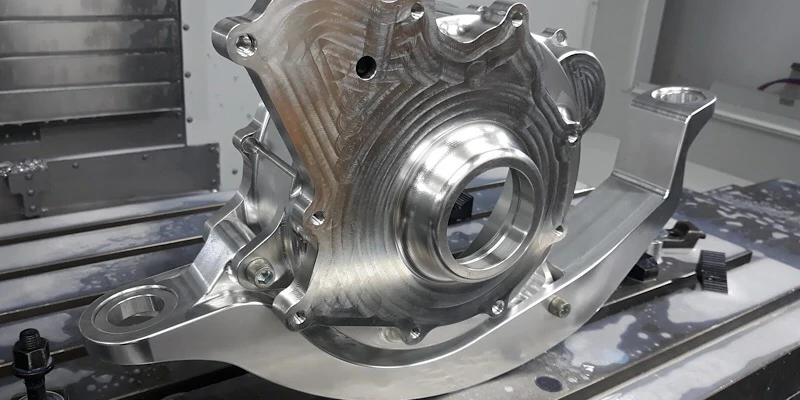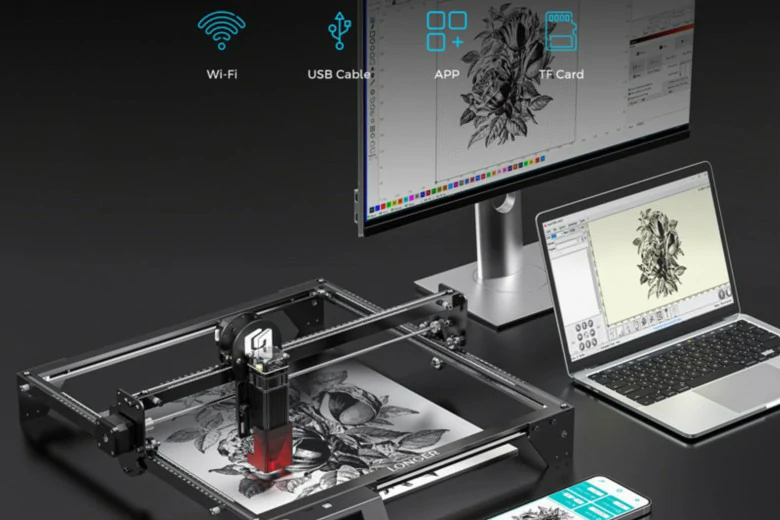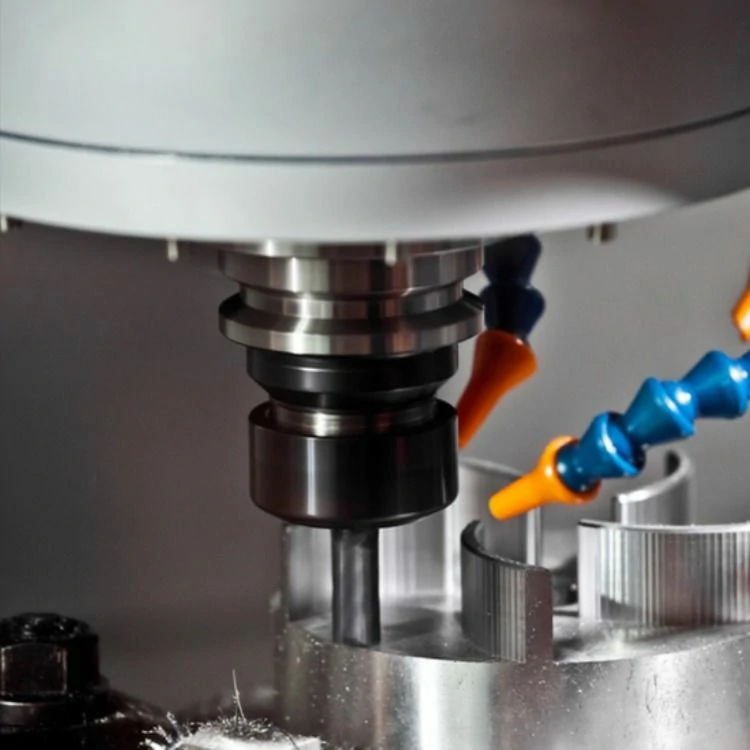Title: Accelerating Penetration of Titanium Alloys and 3D Printing in Consumer Electronics
Introduction:
In recent years, there has been a remarkable advancement in the use of titanium alloys and 3D printing technology within the consumer electronics industry. This dynamic combination has brought about significant improvements in product development, manufacturing processes, and overall performance. This article aims to explore the accelerating penetration of titanium alloys and 3D printing in the consumer electronics industry.
Body:
1. Titanium alloys in consumer electronics:
Titanium alloys have gained traction in the consumer electronics industry due to their exceptional properties such as high strength-to-weight ratio, corrosion resistance, and biocompatibility. These alloys find applications in various electronic devices including smartphones, laptops, wearables, and virtual reality (VR) headsets.
a. Enhanced durability: Titanium alloys provide superior durability, ensuring that consumer electronics withstand harsh environmental conditions and accidental drops. This allows for longer lifecycles and reduced maintenance costs.
b. Heat dissipation: The excellent thermal conductivity of titanium alloys helps in efficient heat dissipation, leading to improved performance and extended battery life in electronic devices.
c. Aesthetics: Titanium alloys offer an attractive appearance with a sleek and premium feel, making them a popular choice among consumers who value both functionality and design.
2. 3D printing revolutionizing manufacturing processes:
The integration of 3D printing technology in the consumer electronics industry has revolutionized traditional manufacturing processes, enabling faster prototyping, customization, and cost-effective production.
a. Rapid prototyping: 3D printing allows manufacturers to quickly create functional prototypes, reducing time-to-market and giving designers more flexibility to iterate and refine their designs.
b. Customization: With 3D printing, consumer electronics can be easily tailored to individual preferences, allowing for unique features, personalized aesthetics, and optimized user experiences.
c. Supply chain optimization: 3D printing eliminates the need for complex supply chains by enabling on-demand production. This reduces costs associated with inventory management, transportation, and warehousing.
3. Collaborative innovation:
The increasing penetration of titanium alloys and 3D printing in the consumer electronics industry has resulted in collaborative innovation among various stakeholders.
a. Material development: Manufacturers are partnering with material suppliers to enhance the properties of titanium alloys, creating alloys with specific characteristics tailored for different electronic applications.
b. Design freedom: Designers and engineers can exploit the capabilities of 3D printing technology to create complex and intricate designs that were previously impractical or impossible to manufacture using traditional methods.
c. Consumer involvement: Consumer electronics companies are engaging users in the design process through crowdsourcing and co-creation initiatives, allowing users to contribute ideas and preferences for customized products.
Conclusion:
The accelerated penetration of titanium alloys and 3D printing in the consumer electronics industry is reshaping the way electronic devices are developed, manufactured, and customized. The unique properties of titanium alloys, coupled with the design freedom and manufacturing advantages provided by 3D printing, have opened up new possibilities in terms of performance, durability, and user experience. As these technologies continue to advance, we can expect to see even more innovative and personalized consumer electronics in the near future.
.webp)



